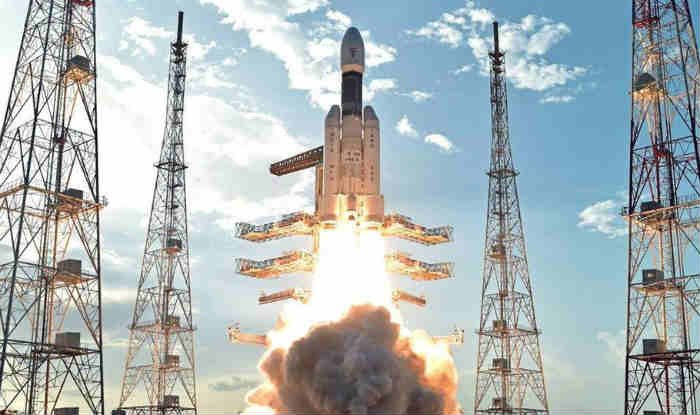ISRO's Next Mission: Journeying to the Sun with Aditya-L1
In a few days, India will try to land on the moon, and the Indian Space Research Organisation (ISRO) is preparing for its next big project – sending a spacecraft to the sun.

In a few days, India will try to land on the moon, and the Indian Space Research Organisation (ISRO) is preparing for its next big project – sending a spacecraft to the sun. The journey to the moon took about 40 days, but this new solar mission will last four months, with the launch scheduled for next month.
This new mission is centered around Aditya-L1, India's first space observatory, which has been in development for over a decade. The observatory's main equipment, a 90-kg instrument called Visible Line Emission Coronagraph (VERC), has been assembled by scientists in Bengaluru. The completed satellite, equipped with seven different tools, is now at the UR Rao Satellite Centre in Bengaluru and will be launched using the PSLV rocket from Satish Dhawan Space Centre, Sriharikota.
The spacecraft will travel nearly 1.5 million kilometers toward the sun, much farther than Earth's distance from the moon. It will settle into a halo orbit around a point called Lagrange point L1, located 1.5 million km from Earth. This orbit will allow the spacecraft to observe the sun without any interruptions.
The journey will begin with the spacecraft in a low-earth orbit. It will then adjust its path to move towards L1, eventually breaking free from Earth's gravity and entering a large halo orbit around L1. This whole process is expected to take about four months.
Due to the limitations of the rocket, only a specific set of instruments have been chosen for the mission, after years of development. This mission marks the first time scientists will send a tool this close to the sun to capture its activities.
The mission's goals include studying the sun's emissions, solar wind ions and electrons, and the interplanetary magnetic field. It will also focus on understanding coronal mass ejections, powerful radiation storms that erupt from the sun's corona into space, and sometimes affect Earth.
Despite years of observations, predicting these energy clouds is still a challenge, and the mission aims to provide early warnings for such events to protect spacecraft and communication systems.
A group of space scientists from different institutes met at ISRO headquarters to finalize aspects of this mission and another one. If everything proceeds as planned, the mission could launch from Sriharikota next month.
What's Your Reaction?
















